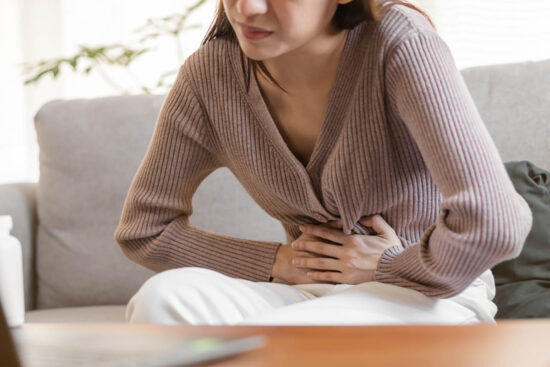Breast of the Breast: 30 Facts about Breast Cancer We All Should Know and Share Part 1
October is Breast Cancer Awareness Month. It celebrates the 2.8 million survivors of breast cancer, and emphasizes the need to continue research

- Breast cancer can be cure if detected early
- These are some things to consider about cancer
- We have the medical aid to battle this
October is Breast Cancer Awareness Month. It celebrates the 2.8 million survivors of breast cancer, and emphasizes the need to continue research to cure the disease. Here are 30 facts about it we, and all our loved ones, should be aware of.
10. One Hundred Times More Common in Women
Though men do get this category of cancer, the leading risk factor for it is simply being a woman and getting older.
9. Know the Warning Signs of Breast Cancer

Though they are not the same for all women, the most common signs are: change in the look or feel of the breast, a change in the look or feel of the nipple and nipple discharge.
8. The Importance of Mammograms
Getting a mammogram can help reduce the number of deaths from cancer by 30 to 40 percent among women ages 40 to 70.
7. Deaths on the Decline

The deaths have been declining since 1990 thanks to early detection, better screening, increased cancer awareness, and new treatment options.
6. Linked to Close Family
According to Breast Cancer.org, a woman’s risk of cancer practically doubles if she has a first-degree relative (mother, sister, daughter) who has been diagnosed.
5. Is Not Only Genetic

About 85 percent of cases occur in women without a history of breast cancer in their family.
4. Small Percentage Linked to Inherited Genes Mutations
According to Breast Cancer.org, roughly 5 to 10 percent of breast cancers can be traced to specific, inherited gene mutations, such as the BRCA1 and BRCA2 gene mutations.
3. Know the Dangers of BRCA1 and BRCA2 Genes

BRCA1 and BRCA2 gene mutations are the most common. Those with the BRCA1 mutation have a 55-65 percent risk of developing it before age 70. For women with a BRCA2 mutation, the risk is 45 percent. There’s also an increased ovarian cancer risk associated with these genetic mutations.
2. Ashkenazi Jewish Women at Risk
These women have a higher risk of having BRCA mutation. The U.S. Preventive Services Task Force recommends that Ashkenazi Jewish women test for BRCA mutations if they have a first-degree relative with breast or ovarian cancer or two second-degree relatives on the same side of the family with breast or ovarian cancer.
1. Genetic Screenings are Not Performed Often

Only about 2 percent of women meet the guidelines for genetic screening, a study of a person’s DNA in order to identify genetic differences or susceptibility to particular diseases or abnormalities.
 Related post
Related post





